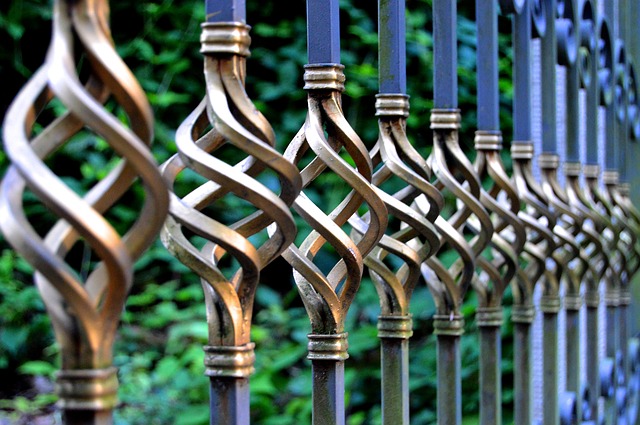Bronze furniture pieces are not to be underestimated. With proper care, they can become the center of attraction for any room in your house. If you have old pieces that are made of metal and have greenish hue, chances are those pieces are made of bronze. Whether it’s a table, a fixture, or a statue, it can be brought back to its original elegance. In fact, minor cleaning may be enough, as its antiqueness makes a perfect complement to your interior design.
Before you start cleaning and polishing your bronze furniture, however, there are several things you need to understand first. One of these is that bronze naturally forms a layer of stain called patina when exposed to oxygen. This layer is primarily due to its copper content. Copper is known for its ability to passively respond to oxidation, which is to form a layer of patina. In the case of copper, this layer is green, which is why the patina that copper forms is greenish as well. Dull green to be exact.
You also have to know that not all bronze furniture are pure bronze. Some of them are simply cladded or galvanized with bronze or covered with bronze sheets. In that case, the furniture may require a different and more careful cleaning and polishing process. One way to determine if the furniture is pure bronze or not is to weigh it. If it’s too light, there’s a chance that bronze is only skin-deep, considering that bronze is a dense and heavy material.
Step-By-Step Process
Here are the materials you need for cleaning your bronze furniture and fixtures:
- Warm water – Make sure it’s neither too hot (to avoid peeling off the patina) nor too lukewarm (to speed up the task).
- Clean towel – Choose a white or light-colored towel so that you can see how much dirt or stain you are removing. Also this way you can know if you’re already wiping off too much patina.
- Small dish – It should be small enough to allow for the creation of a thick mixture of lemon juice and baking soda
- Soft cotton polishing cloths
- Lemon Juice
- Baking soda
You also have the option to use vinegar, flour, and salt instead of lemon juice and baking soda. The resulting paste is just as effective in revealing the natural sheen of bronze. So this is the step-by-step process of cleaning and polishing your bronze furniture.
#1: Start by thoroughly rinsing your bronze piece with warm water. Gently remove the dust and particles that have hardened on the surface of your furniture, especially those stuck along the grooves. After rinsing, make sure to dry the furniture carefully. Moist metal is harder to polish with the solution you will apply.
#2: Prepare the polishing past by mixing baking soda and lemon juice in the small dish. Stir gently until you see the baking soda fully dissolved in the extract. You will notice bubbles or suds forming in the process. Just let them settle until you see the resulting paste. This is what you will apply and scrub on the surface of your metal piece.
#3: Rub the surface of your bronze furniture with your hands. To prevent the paste from irritating your skin, you may use rubber gloves. Make sure every surface that you are ready to scrub is applied with the paste for best results. You may also use polishing cloth to smear the paste. This is the same cloth you will use to scrub the metal.
#4: Start scrubbing the surface of your furniture with the clean cloth you used to smear the paste. Do this repeatedly until the desired effect is achieved. Make sure that the pressure you will apply is uniform across the surface for best results.
With these simple steps, you can reinstate the appearance of your bronze furniture. You can do the same with all other bronze furniture and fixtures you have in your home. Should you decide to purchase bronze materials for your future project, make sure to get them from a trusted supplier like Rotax Metals so that the furniture you’ll produce will not be difficult to polish in the future.
Sources:
How to Clean Bronze, howtocleanstuff.net
5 Best Baking Soda and Vinegar Cleaning Solutions, rd.com



